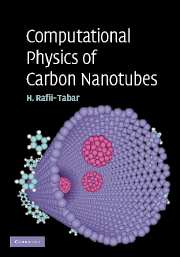Book contents
Summary
The appearance of powerful high-performance computational facilities has led to the emergence of a new approach to fundamental research, namely computational modelling and computer-based numerical simulations, with applications in practically all areas of basic and applied sciences, from physical sciences to biological sciences, from medical sciences to economic and social sciences. The applications of computational simulations over the past two decades have been so phenomenal that a new academic discipline, called computational science, with its own research centres, laboratories and academia, has appeared on the educational and industrial scenes in almost all the developed, and many developing, countries. Computational science complements the two traditional strands of research, namely analytical theory-building, and laboratory-based experimentation, and is referred to as the third approach to research. Numerical simulations present the scientists with many unforeseen scenarios, providing a backdrop to test the physical theories employed to model the energetics and dynamics of a system, the approximations and the initial conditions. Furthermore, they offer clues to the experimentalists as to what type of phenomena to expect and to look for. It is no exaggeration to suggest that we are now experiencing a monumental numerical revolution in physical, biological and social sciences, and their associated fields and technologies.
- Type
- Chapter
- Information
- Computational Physics of Carbon Nanotubes , pp. ix - xiiPublisher: Cambridge University PressPrint publication year: 2007



